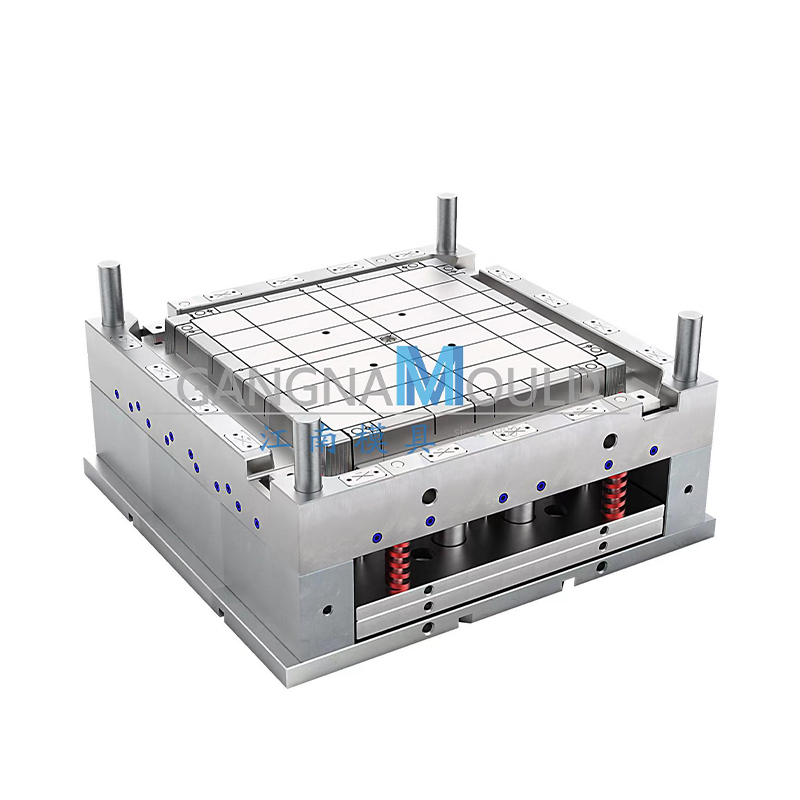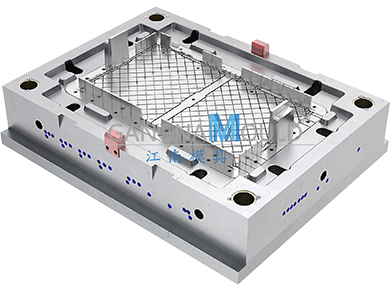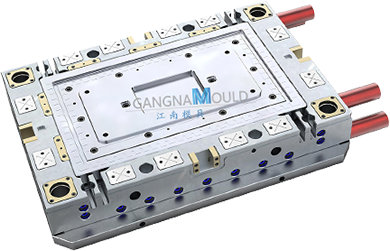Table Mould Trends and Market Insights in 2025
Table Mould Market Growth and Industrial Context
The global demand for moulding solutions used in furniture production continues to expand. Analysts estimate that the broader moulding sector could surpass 100 billion USD in total market value before 2030. Table Moulds represent a growing portion of this figure due to rising customization needs in interior design and modular furniture.
Asia-Pacific remains a key manufacturing base, contributing more than half of the world’s mould output. Meanwhile, European and North American producers focus on design precision and digital integration. Factories are adopting high-tolerance machining, advanced CAD systems, and simulation modeling to enhance productivity. This industrial shift has turned Table Moulds from simple shaping tools into strategic assets that define both quality and production efficiency.

Table Mould Design Innovations in 2025
Modern Table Moulds are no longer uniform metal blocks. They now include modular inserts, quick-change systems, and integrated channels for complex geometries. Manufacturers increasingly focus on lightweight design, faster cooling structures, and smoother surface finishes.
Three major trends define 2025:
- Customization flexibility – Designers can now modify panel shapes, leg interfaces, or embedded decorative textures without remaking the entire mould.
- Digital prototyping – Virtual testing and AI-assisted simulation shorten lead time, helping engineers identify flow, stress, and deformation patterns before production.
- Precision control – The use of sensors and smart feedback loops improves consistency, reducing rework and surface defects.
Such innovations allow furniture companies to launch new collections more frequently and react to style trends faster than ever before.
Table Mould Applications Across Industries
While primarily used in furniture, Table Moulds also support interior architecture, hospitality furnishing, and workspace customization. In commercial settings, modular table components molded through precision Table Moulds enable rapid installation and consistent finish quality.
Home décor applications emphasize aesthetic detail: smooth corners, integrated cable channels, and textured surfaces that mimic stone or wood. In public and office environments, the same moulding precision helps ensure durability, uniformity, and functional integration, such as power ports or lighting interfaces molded directly into the tabletop structure.
Table Mould Challenges in Global Production
Despite steady market expansion, challenges remain. Tooling costs can be substantial, requiring skilled technicians and advanced machining centers. Lead time pressure from clients pushes factories to shorten development cycles without sacrificing accuracy.
Material volatility also affects production budgets. The price of high-grade steel and aluminum alloys used in Table Moulds fluctuates throughout the year, forcing producers to balance cost efficiency and quality assurance. Another challenge lies in maintenance—proper temperature control, polishing, and part alignment are essential to keep a mould performing consistently across thousands of cycles.
Future Outlook for Table Mould Technology
Looking ahead, Table Mould development will increasingly merge with smart manufacturing technologies. Digital twins, real-time monitoring, and AI-driven optimization are gradually entering mainstream production environments. These tools provide engineers with performance data that can guide design improvement and reduce defect rates.
Conclusion
The Table Mould industry stands at the crossroads of craftsmanship and digital transformation. Through design innovation, sustainable material use, and precision engineering, it continues to shape how modern furniture is produced. In 2025 and beyond, every new table design begins at the mould stage, making Table Moulds the silent force driving creativity, efficiency, and progress in furniture manufacturing worldwide.



 English
English русский
русский Español
Español Français
Français عربى
عربى 简体中文
简体中文




